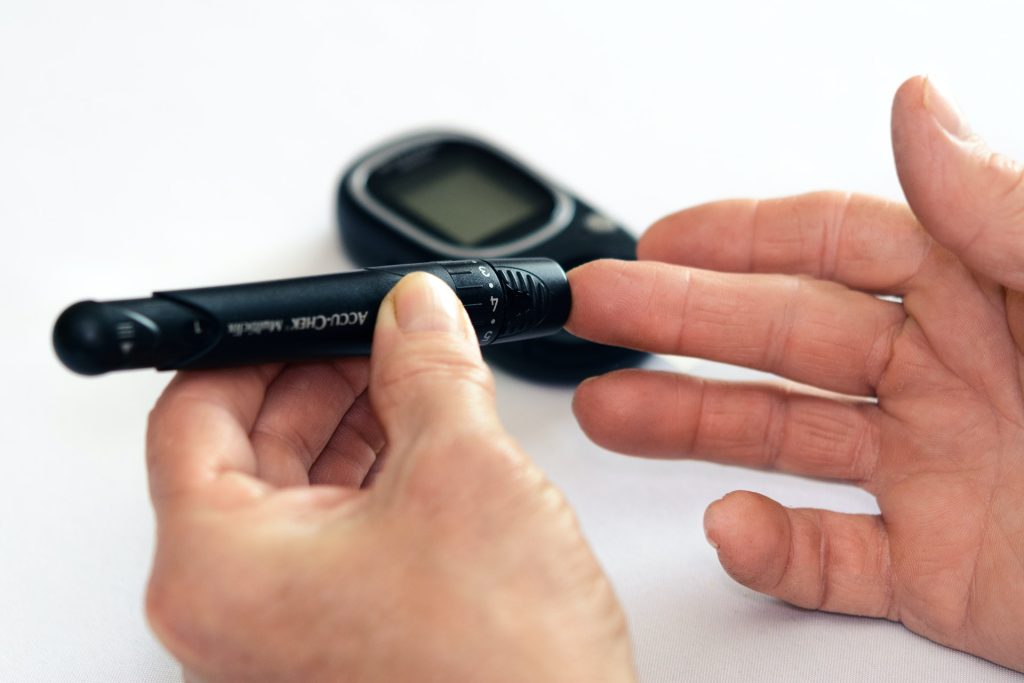Ambivalent Results for ‘SlowMo’ Digital Psychosis Therapy
A digital cognitive behavioral therapy for psychosis called SlowMo did not result in significant improvements for those suffering from paranoia, although it had other benefits.
“The therapy was engaging, and over 80% of participants completed all therapy sessions,” Philippa Garety, PhD, of King’s College London, wrote in an email to MedPage Today. “It is at least as effective as longer, more complex psychological treatments for paranoia, which are generally more challenging to deliver and frequently not available in clinical services.”
Garety herself was surprised by some of the study’s results, specifically the lack of improvements in some areas at the 24-week follow-up point. She said her team was also surprised — and pleased — to see that SlowMo was “equally effective across our wide demographic, of differing ages, gender, and ethnicities,” she wrote.
Some of the trial’s results surprised her, specifically the lack of improvements in some areas at the 24-week follow-up point. But her team was also pleased to see that it was equally effective across a wide demographic.
The study recruited 361 eligible adult participants from three UK community mental health services, and were randomised 1:1 to usual care only or to usual care plus SlowMo, which consisted of eight digitally supported face-to-face sessions and a mobile app .
The researchers saw improvements at the halfway point for both aspects of the 32-item Green et al. Paranoid Thoughts Scale (GPTS), which includes social reference (Part A) and persecution (Part B). At the end of the trial, SlowMo did have a significant effect on Part B of the GPTS, but not on Part A.
Positive secondary outcomes were seen in observer-rated measurements, at a 12-week follow-up in Psychotic Symptom Rating Scales (PSYRATS) Delusion subscale and belief flexibility, as well as at 24 weeks. SlowMo did significantly affect the rate at which patients jumped to conclusions.
Dr Garety and co-authors noted that limitations including not controlling for time spent with therapists, as well as treatment as usual being used as the comparator.
Katherine Newman-Taylor, of University of Southampton in England, a psychologist focussing on patients with psychosis, said that the initial results are hopeful.
“This study shows that belief flexibility and worry are key therapeutic targets when working with people struggling with distressing paranoia,” Newman-Taylor told MedPage Today in an email. “As psychological therapists, we need to consider how people think, as well as what they think, when seeking to understand distressing psychosis and support individuals’ recovery.”
“In this trial, we have demonstrated, for the first time in a large randomized controlled trial, that helping people to slow down their thinking reduces paranoia in everyday life, and improves quality of life and wellbeing,” Dr Garety told MedPage Today.
Source: MedPage Tooday
Journal information: Garety P, et al “Effects of SlowMo, a blended digital therapy targeting reasoning, on paranoia among people with psychosis” JAMA Psychiatry 2021; DOI: 10.1001/jamapsychiatry.2021.0326.


